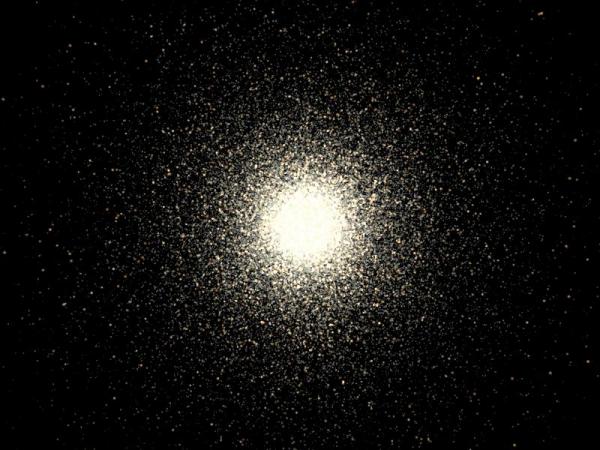BY LETTER
Globular Cluster
 Image from Steve Bowers | |
| The stars at the heart of the globular cluster Omega Centauri are tightly packed | |
Gravitationally bound, spherical grouping of 105 to 106 stars, usually having a marked concentration toward the center.
Globular clusters can measure up to several hundred light years in diameter. Like most astronomical objects, globular clusters exhibit a range of characteristics, but certain features are common to a majority of them. Those known from the Milky Way occur in a halo 150,000 light years across, around the center of the galaxy. These are believed to have formed early in the history of the Galaxy and contain some of the most ancient stars known; possibly 12 billion years or so old (cf. open clusters). All bright galaxies, and many dwarfs, probably have globular cluster systems also.
 Image from Steve Bowers |
There are no globular clusters in the Terragen Sphere, although several long range missions gave been sent towards various clusters at various times in the past; particularly toward Omega Centauri, 18,000 light years away. The first explorer missions should reach the closest globular cluster (M4 in Scorpius), by 11000 AT.
Related Articles
Appears in Topics
Development Notes
Text by Chris Clowes
Initially published on 31 October 2001.
Initially published on 31 October 2001.






